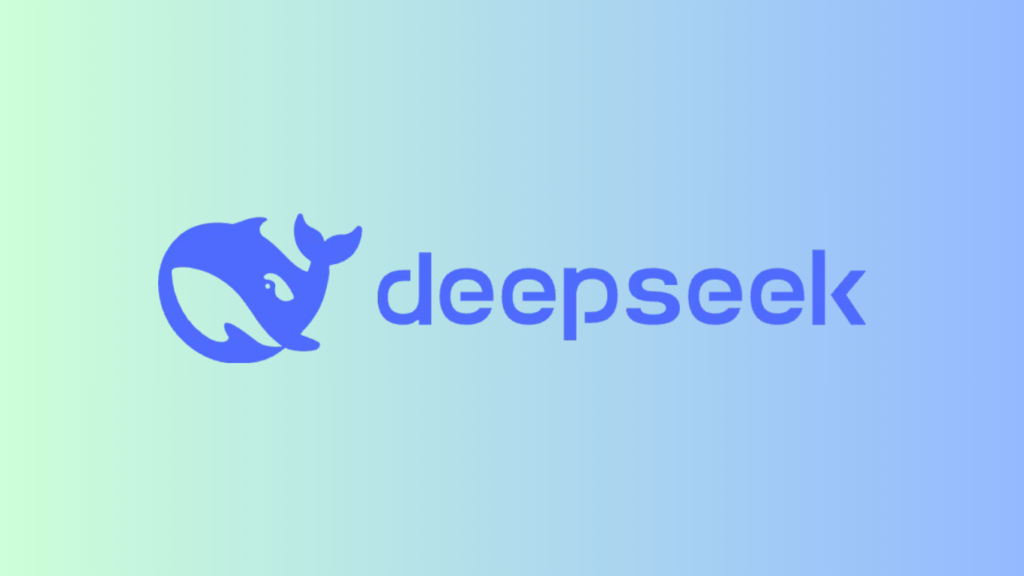DeepSeek is a powerful AI platform that enables users to upload and analyze images for tasks like object recognition, text extraction (OCR), and visual content summarization. However, some users encounter the frustrating “Image Upload Failed” error, which hinders productivity and prevents access to its full capabilities. This article delves into the common causes of this error, troubleshooting tips, and preventive measures to ensure a smooth experience with DeepSeek.
Why Does the “Image Upload Failed” Error Occur?
Uploading images on platforms like DeepSeek involves technical requirements and operational conditions. Here are the most common reasons behind this issue:
1. File Size Limitations
DeepSeek limits the size of image files it accepts. If your image exceeds the size limit (e.g., 5MB or 10MB), the upload may fail.
2. Unsupported File Formats
Certain image formats, such as BMP or RAW, may not be supported by DeepSeek. The platform typically works best with widely accepted formats like JPEG, PNG, or GIF.
3. Network Issues
An unstable internet connection can disrupt uploads, leading to incomplete or failed attempts. A weak signal dropped Wi-Fi, or slow internet speeds are common culprits.
4. Server Overload or Maintenance
If DeepSeek’s servers are overloaded with traffic or undergoing maintenance, image uploads may be temporarily disrupted.
5. Corrupted Image Files
Images that are partially downloaded, damaged, or corrupted may fail during the upload process, as the platform cannot read them properly.
6. Browser or Device Compatibility Issues
Outdated browsers, incompatible operating systems, or cache problems can interfere with the upload functionality.
How to Fix the “Image Upload Failed” Error
Here are actionable steps to troubleshoot and resolve the error:
1. Check File Size and Format
- Resize or compress the image using tools like TinyPNG or Photoshop to ensure it meets DeepSeek’s size limit.
- Convert unsupported file formats (e.g., RAW) into PNG or JPEG using online converters.
2. Test Your Internet Connection
- Verify your internet speed using a tool like fast.com.
- Switch to a more stable network, such as a wired connection or a stronger Wi-Fi signal.
3. Use a Different Browser or Device
- Update your browser to the latest version or switch to a different one (e.g., from Chrome to Firefox).
- Clear your browser cache and cookies to resolve compatibility issues.
4. Verify Server Status
- Check DeepSeek’s official website or social media pages for updates on server maintenance or outages.
- If the server is down, wait for some time and try again later.
5. Inspect the Image File
- Open the image file to confirm it is not corrupted.
- If the file is damaged, re-download or re-export it from the source.
6. Reach Out to DeepSeek Support
- Contact DeepSeek’s customer support team for further assistance.
- Provide details like the error message, file size, and format to help them troubleshoot efficiently.
How to Prevent Future Image Upload Issues
1. Optimize Images Before Uploading
- Always resize or compress images to ensure they meet DeepSeek’s size requirements.
- Stick to commonly accepted formats like PNG or JPEG for compatibility.
2. Maintain a Stable Internet Connection
- Use a reliable network with sufficient bandwidth, especially for large image files.
- Troubleshoot connectivity issues proactively to prevent disruptions.
3. Keep Software Up-to-Date
- Regularly update your browser and operating system to avoid compatibility issues.
- If using a DeepSeek app, ensure it is updated to the latest version.
4. Monitor Server Status
- Stay informed about planned maintenance or known issues by checking DeepSeek’s status updates.
5. Use Trusted Devices
- Ensure that your device is free of malware or software glitches that could affect uploads.
How DeepSeek Handles Images
DeepSeek is designed to process images for various purposes, including:
- Object Recognition: Identifying objects, scenes, or elements in an image.
- Text Extraction (OCR): Extracting text from images for further analysis.
- Visual Content Summarization: Analyzing and summarizing visual information.
Properly uploading images is critical for achieving accurate and reliable AI outputs.
DeepSeek vs. Competitors: Image Upload Features
Here’s how DeepSeek compares to some of its competitors when it comes to image upload capabilities:
| Feature | DeepSeek | DALL·E | Google Lens | Adobe Firefly |
|---|---|---|---|---|
| Image Upload Support | ✅ Yes | ✅ Yes | ✅ Yes | ✅ Yes |
| File Format Flexibility | ✅ Moderate | ✅ High | ✅ High | ✅ High |
| File Size Limit | ⚠️ Limited | ✅ Generous | ✅ Generous | ✅ Generous |
| AI Analysis Depth | ✅ Advanced | ✅ Advanced | ⚠️ Limited | ✅ Advanced |
Challenges in Image Uploads for AI Platforms
- Ethical Concerns: Preventing harmful or inappropriate content uploads.
- Technical Limitations: Balancing upload speed with file size and server load.
- Privacy Concerns: Ensuring user-uploaded images are handled securely and confidentially.
Final Thoughts
While the “Image Upload Failed” error can be frustrating, it is usually easy to troubleshoot and prevent. You can quickly resolve most issues by following the outlined steps checking file size, format, and internet connection. Additionally, staying informed about DeepSeek’s updates and using best practices can help ensure a seamless experience. DeepSeek is a robust AI tool, and with a little preparation, you can maximize its potential to handle image-based tasks efficiently and effectively.

I’m Ryker Alden, a writer, and contributor at DeepSeek Insider, where I craft queries, troubleshoot problems and create accessible tutorials. With a passion for artificial intelligence, machine learning, and large language models (LLMs), I focus on breaking down complex AI concepts into clear, simple language to engage and educate a broad audience.

